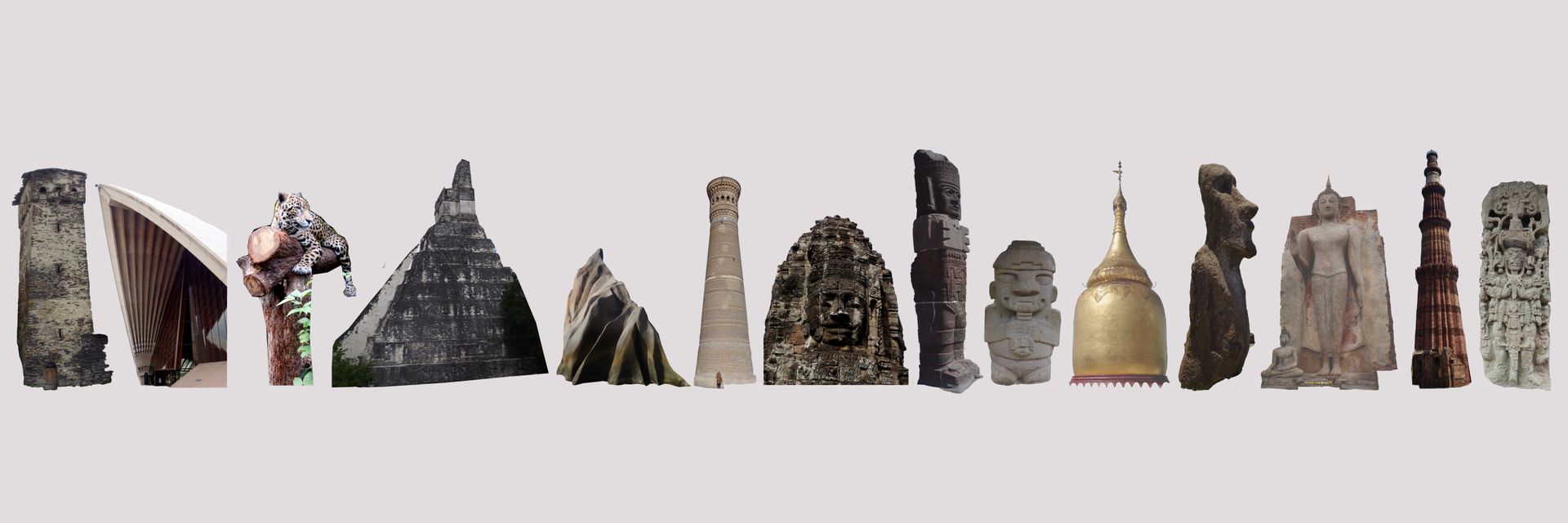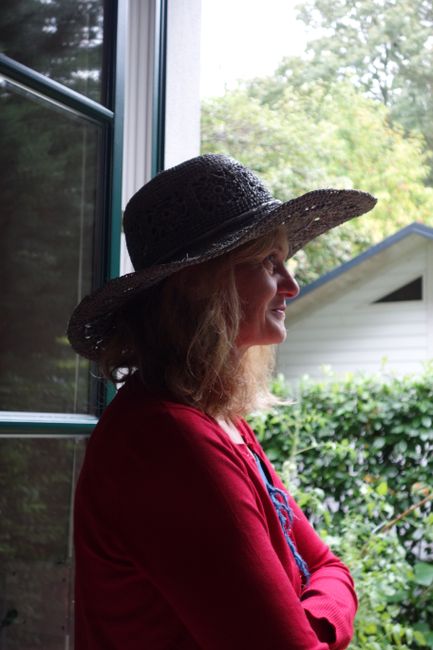Halftime (!) and an attempt to approach Angkor
Publicat: 03.12.2018
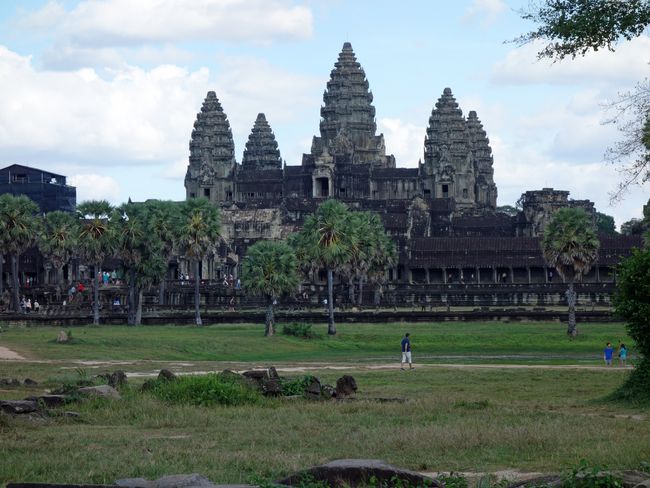
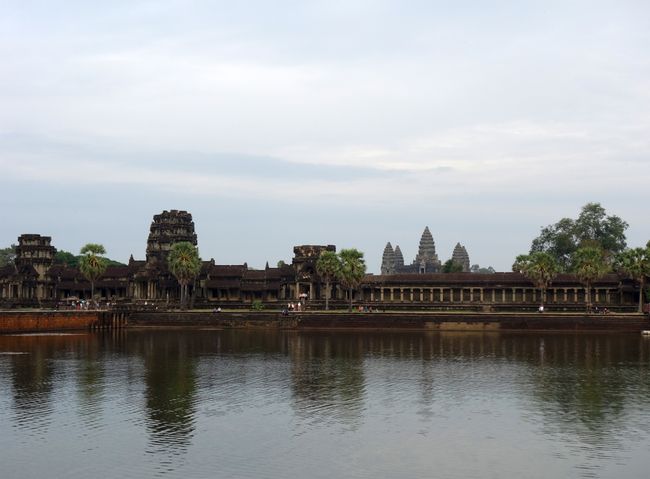
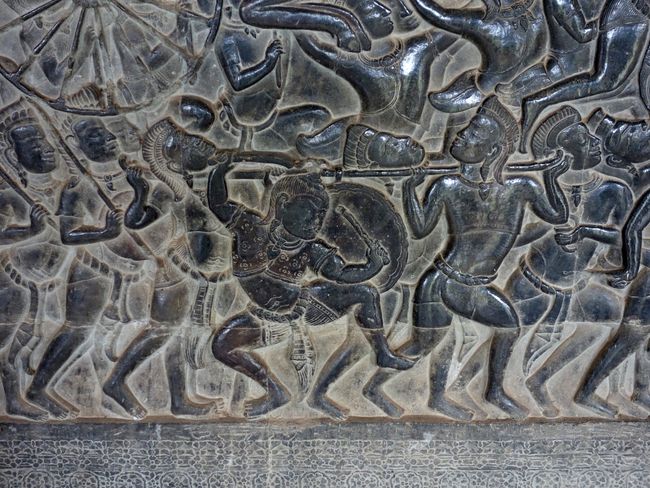
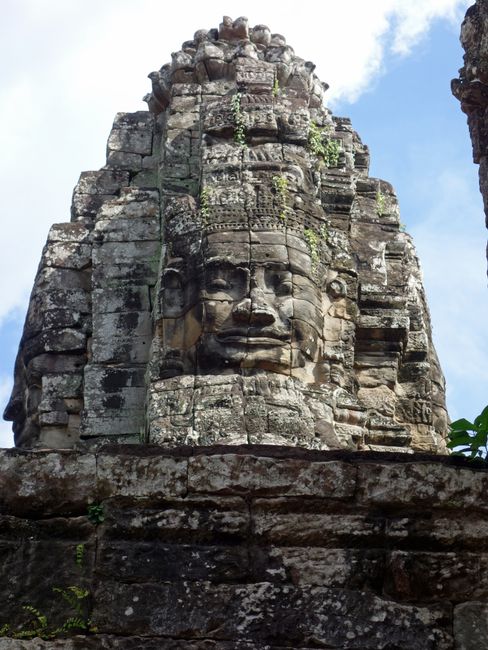
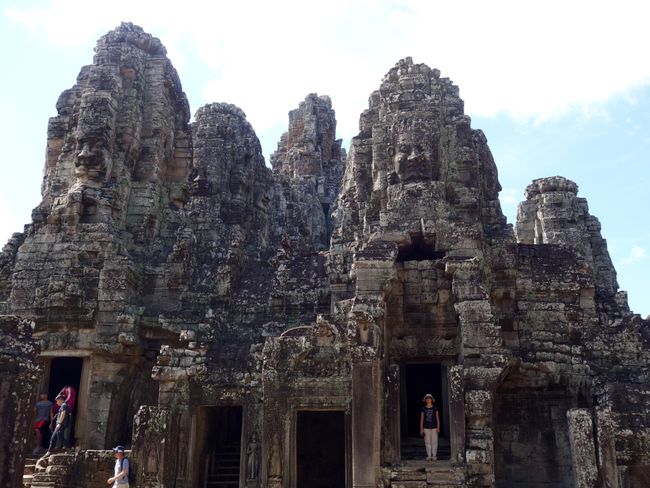
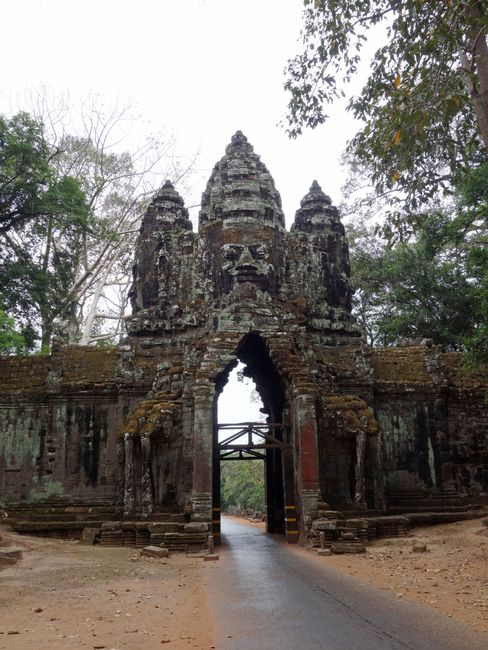
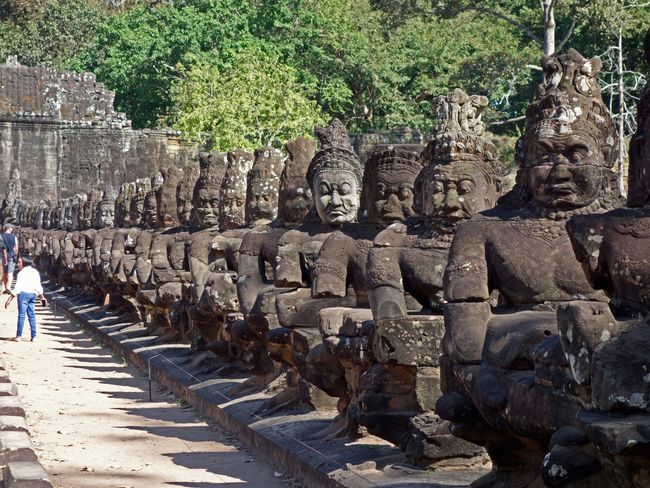
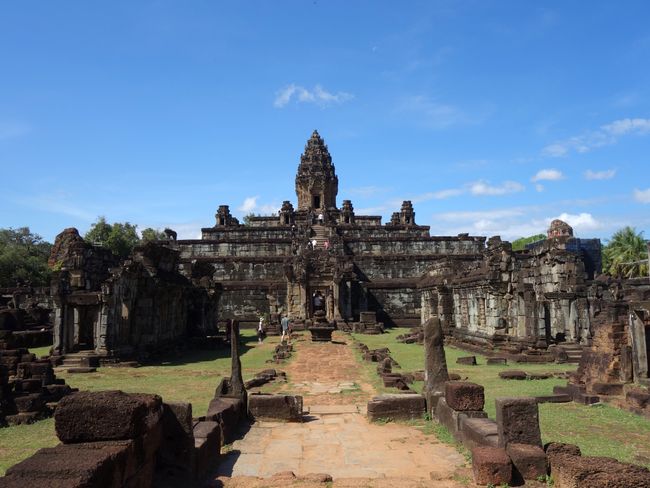
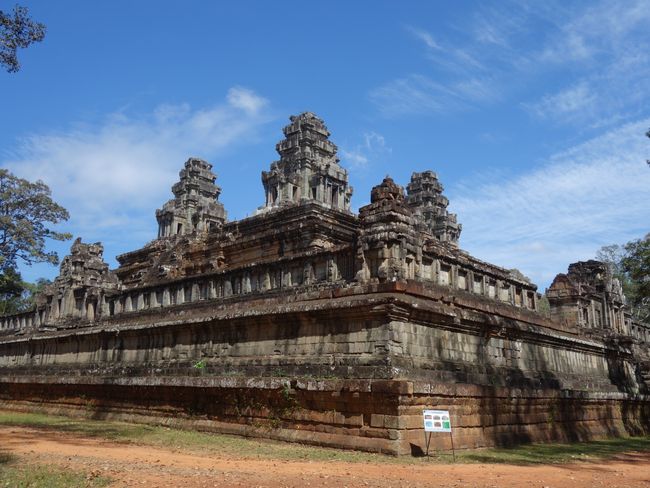
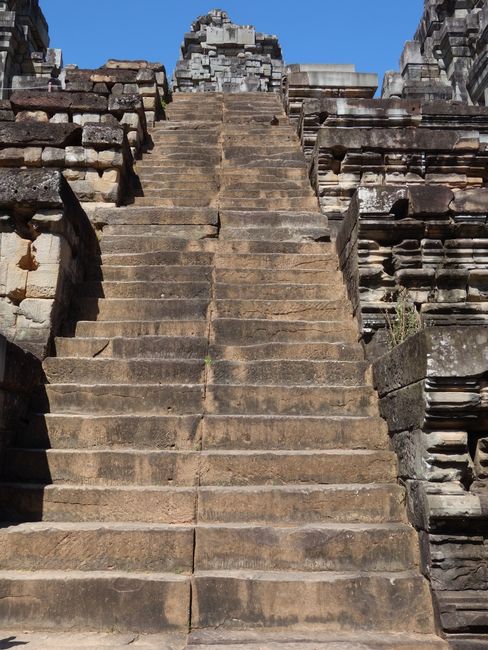
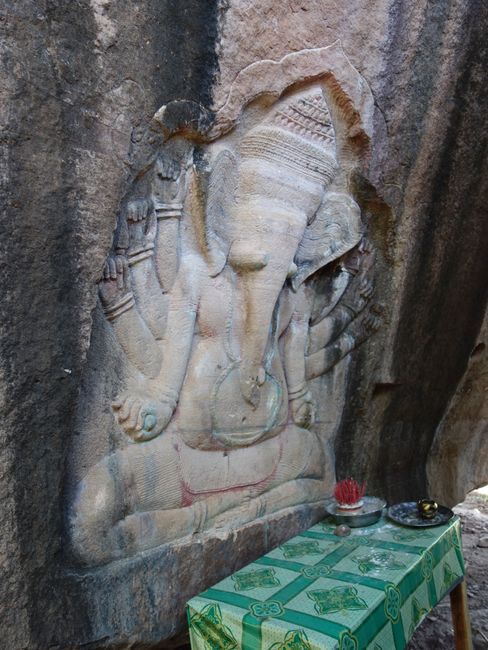
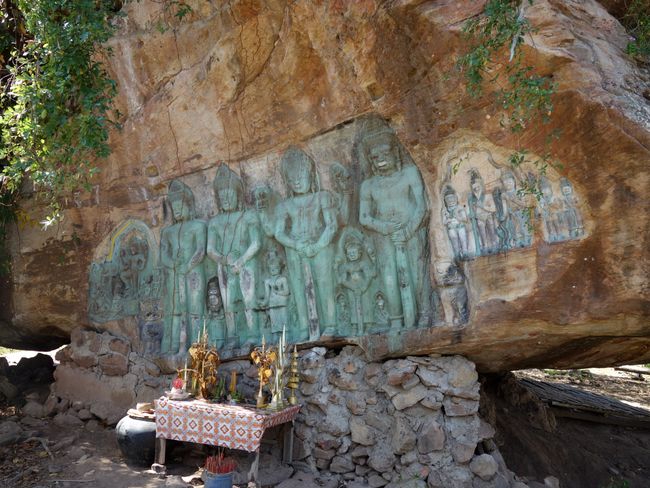
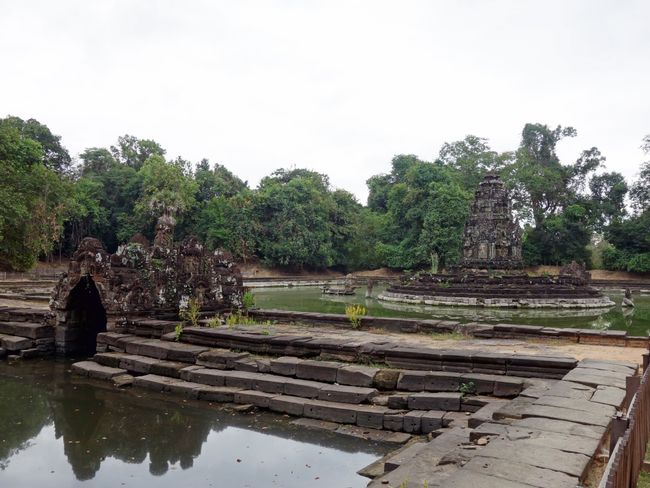
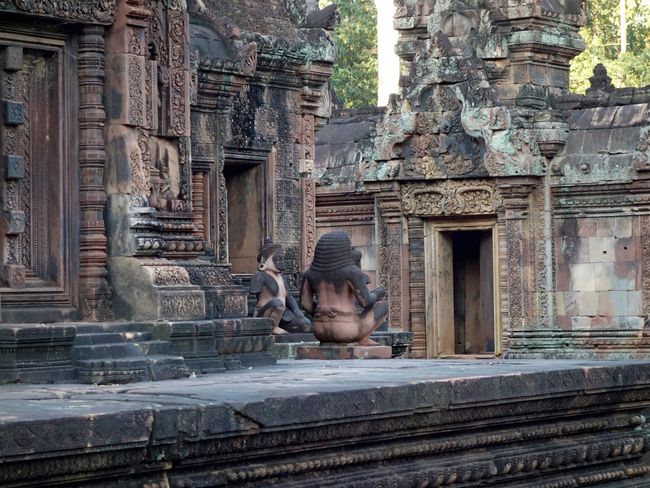
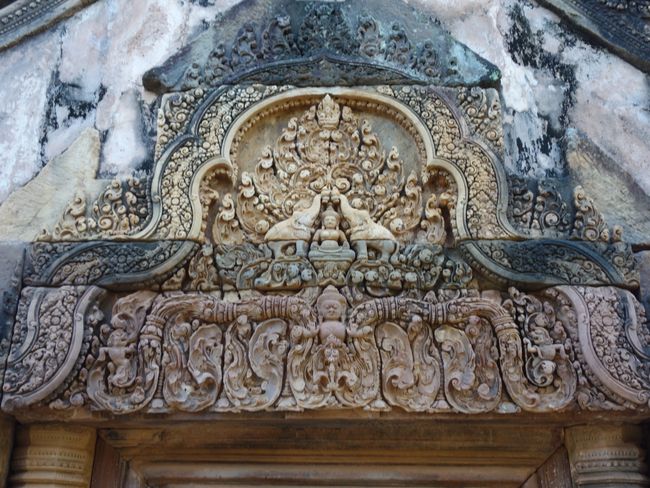
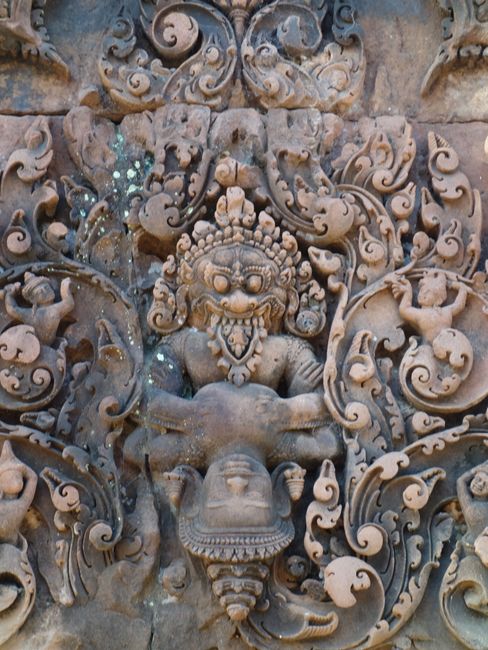
Aboneaza-te la Newsletter
I will subjectively present my report about our many days in Angkor - hopefully in high spirits (thanks to wine and whiskey, with which we were unexpectedly fed during the birthday celebration of our homestay host - we are already part of the family, I can tell you) - and simply introduce my favorites among the temples, without ranking them (at least not yet).
Angkor Wat is uniquely perfect and monumental. The largest religious building in the world from the first half of the 12th century does not appear massive (it does not overwhelm you), but rather elegant and a bit distant. Almost everything fits here: for example, the proportions, the generous space between the individual parts of the building, the ingenious solution for the ascent over the terraces, and the quality of the bas-reliefs. Only the decoration of the tympana above the gates did not convince us. We will have needed four visits to conquer it (today will be the last one).
The Bayon is the greatest failure one can imagine. The attempt to create something completely innovative was undoubtedly successful for the king who commissioned a number of important buildings in Angkor in the second half of the 12th century. A temple equipped with numerous towers, on which around 200 huge faces kindly look in all four directions. The effect is incredible - and yet the building is somehow a monstrosity, much too narrow and confusing. I like it, Roby sneers.
The gates that this king had built for his capital city are not monstrosities. They are adorned with the same huge faces. The large bridges in front of these gates, lined with larger-than-life figures, are also fun: on one side are grim-looking demons, on the other are gently smiling gods. The effect is absolutely magnificent.
The Bakong in Roluos (about 15 km from Angkor) is unsurpassingly elegant, where the Khmer had their capital for a short time. It dates back to the 9th century. It consists of a sandstone pyramid, on which an elegant temple tower sits, surrounded on one side by 12 mini-towers on the top floor and on the other side by several very pretty brick towers with delicate plaster decorations on the ground floor (they resemble their predecessors in distant Sambor Prei Kuk). In front of each of the four stairways, a bull named Nandi stands guard, as we know from India.
Quasi the opposite is the rough Ta Keo, actually an unfinished construction. It also follows the temple type that basically looks like a pyramid with smaller towers on top - here there are 5 of them. Everything is unfinished, but the ascent and even more the descent on the terrifyingly steep stairs had its own quality. Roby stayed down and said that when climbing up, I looked somewhat athletic, but when going down, it seemed like I was scared out of my mind (which was true).
The only water temple here is small but beautiful. The Neak Pean reminded us of our beloved groves in the gardens of Versailles, those large fountain installations that are hidden in the greenery and can produce such beautiful water displays. A peaceful and extremely charming place on an island in one of those huge water reservoirs (the largest is 8 km long) that the ancient Khmer left everywhere.
Even here, in the eye of the international tourism typhoon, we found a minor sight of great quality. Away from everything else, only reachable after repeated inquiries (by our tuk-tuk driver) and after a one-kilometer walk through the wild terrain, there are some large, beautiful reliefs from the 11th century carved into the rocks with Hindu motifs: Peung Kom Nuo. A highlight that no one knows about - may it remain that way, so that the nice children there can continue to enjoy themselves when visitors find their way to them once in a blue moon.
It is called the Temple of the Ladies, but it is the favorite of the gentlemen (such as Roby), the Banteay Srei from the 10th century. It is comparatively small, but it has everything a Khmer temple needs, and much more. It does not follow the pyramid type, but rather the other scheme that is widely used here, with everything on the ground and the sanctuary surrounded by several rather closely spaced walls. The rich stone decorations of Banteay Srei are unbelievably well preserved, perfectly beautiful, and their high quality was never surpassed in the Khmer era. The fact that the buildings in the innermost wall are guarded by dignified statues of monkeys and lions makes the whole ensemble even nicer, as does the beautiful color of the stone. A jewel box - and that is somehow my (small) problem: as always with buildings that have a jewel box character, I would prefer them to be a bit larger.
Aboneaza-te la Newsletter
Răspuns
